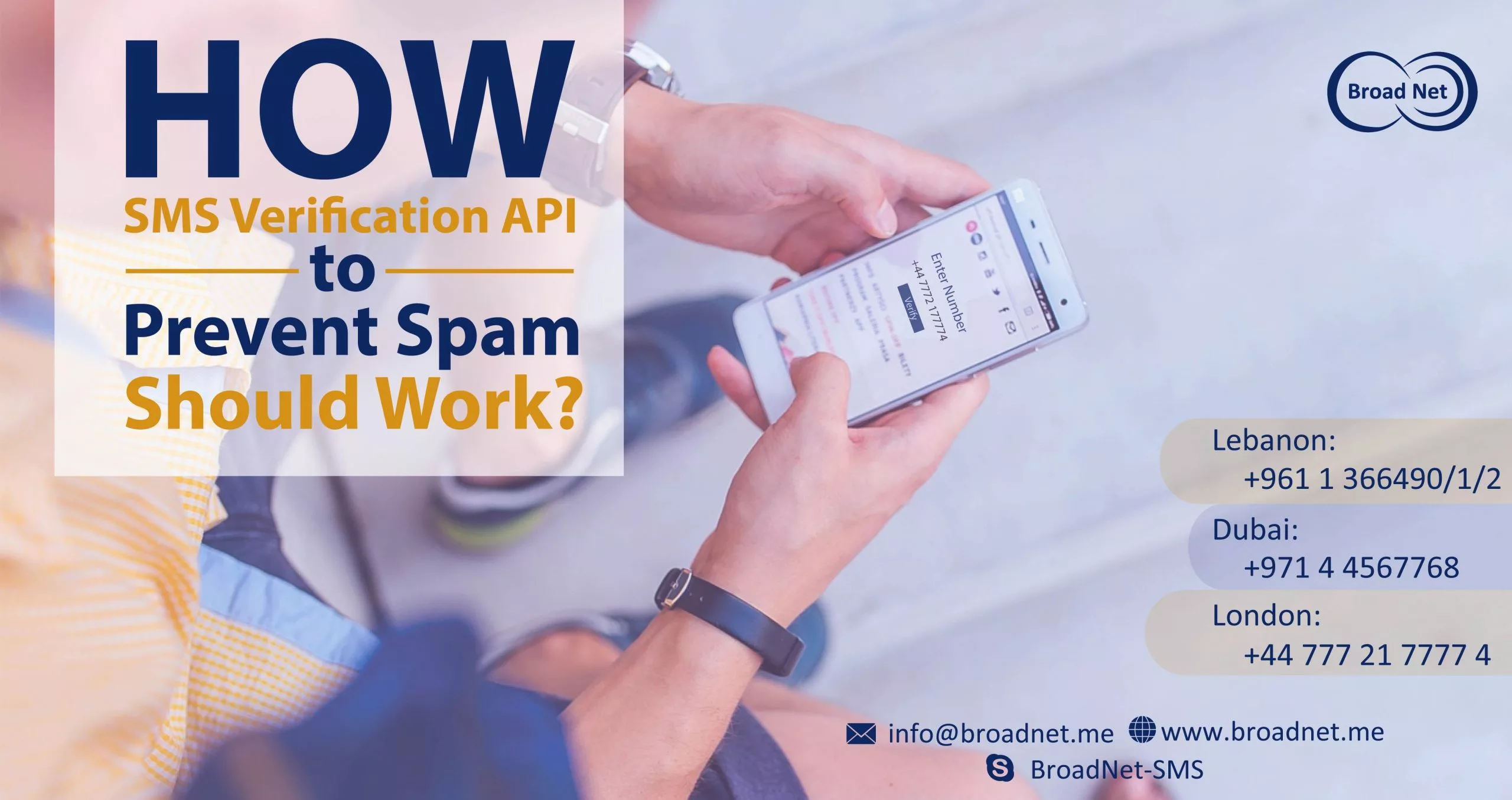SMS verification API system is extremely helpful to combat spam and fraud account creation. In a competitive marketing ecosystem and a world populated with changing interests of target audience, what marketers need to do is to discover the right audience at right time using the right approach and develop as many security layers as possible to holistically target standalone variety of geo-targeted audience. If you, as a marketer, want to make your database spam free a great way to do so is to Integrate SMS Verification API
Need for SMS verification API
SMS verification API Effective
Phone API verification prevents bulk account development and eradicates spam more easily than captcha or social logins.
Improved user experience via SMS verification API
Reduces the need to share personal facts and helps users access nearly a friction-less registration experience for handheld device users.
Global SMS verification API
Every user with a phone has a unique identifier. By capitalizing on the unique info and device specific targeting strategy, marketers can maximize their revenue.
The above-mentioned points justify the necessity of having an SMS Verification API . Most importantly, an SMS verification API rightfully integrates the basic modalities into an existing application without having its security to be compromised.
When an SMS verification API is integrated, the two most usually actionable activities can be thoroughly checked – stopping the creation of fraud accounts from a single phone and the sending of spam messages.
What if an SMS verification system API is not integrated?
Social login, captcha and other means to combat spam and duplicate account creation and other aligned factors can be useful; but they need more powers and at some point; they need to be updated which they can’t. That is when you need the help of an SMS verification API that can seamlessly integrate into an application to start working and reduce the clutter while most of the functionalities of the application remain unique. An SMS verification API works wonders if it is integrated; it constantly changes itself and its database can therefore be updated thus spam and other risky account activities can be checked in real-time.
How should an SMS verification API work?
- The user enters his or her phone number As a cardinal part of the registration process, the app should ask the user to enter or furnish his or her phone number via SMS verification API.
- The API should send a code, the API should then send a SMS text message populated with authentication code to the number (SMS verification API). If needed such as if the user uses a landline phone or she/he prefers to receive the code via phone call – then she/he should get a call to verify the code.
- The user enters the authentication code upon receiving the SMS message in the installer screen.
- SMS App API code verification When the API verifies that the user has entered the correct code, then the application installation should continue. If the code is wrong, a user should be promoted to re-enter the code or ask for another SMS verification through the SMS verification API.
If the code is wrong, a user should be promoted to re-enter the code. If the correct code is not entered after maximum number of tries, the app installation process automatically cancels itself. By the way, if you are looking for a very high-quality SMS verification API that can help you thwart the incoming of Spam messages to your inbox with other several amazing benefits, BroadNet’s SMS verification API is the answer for you.

